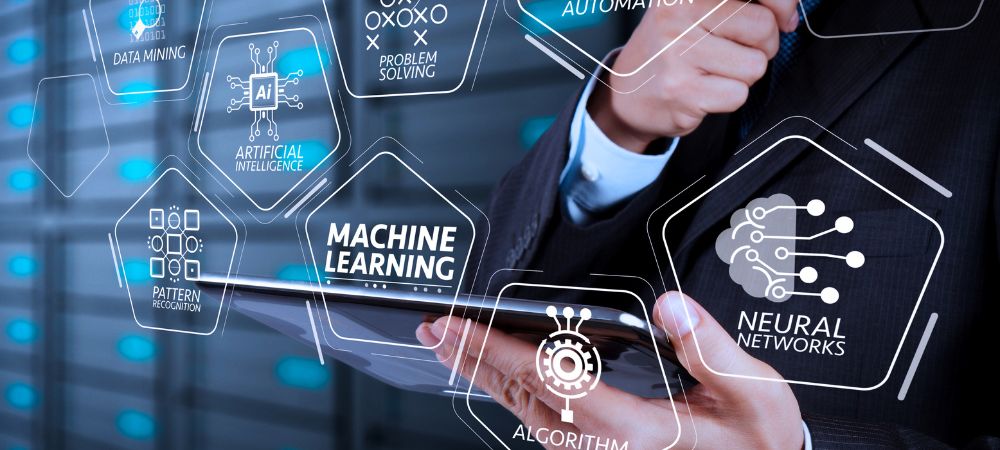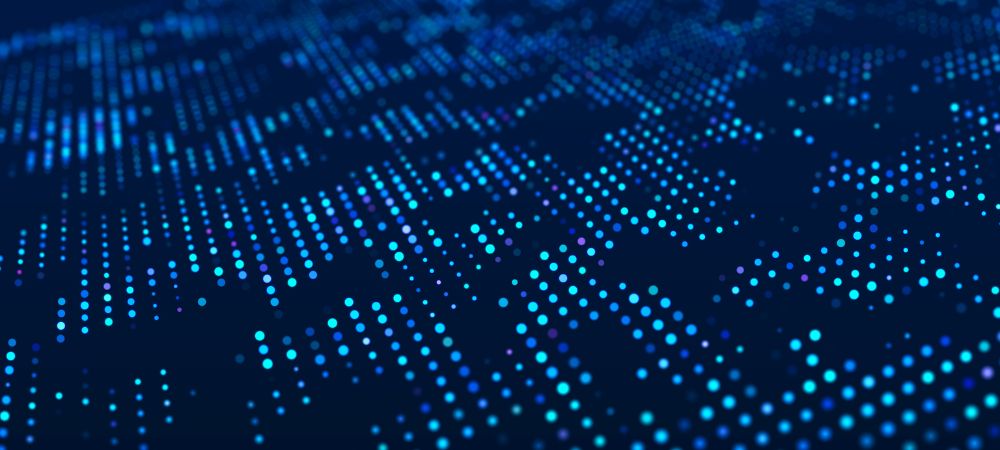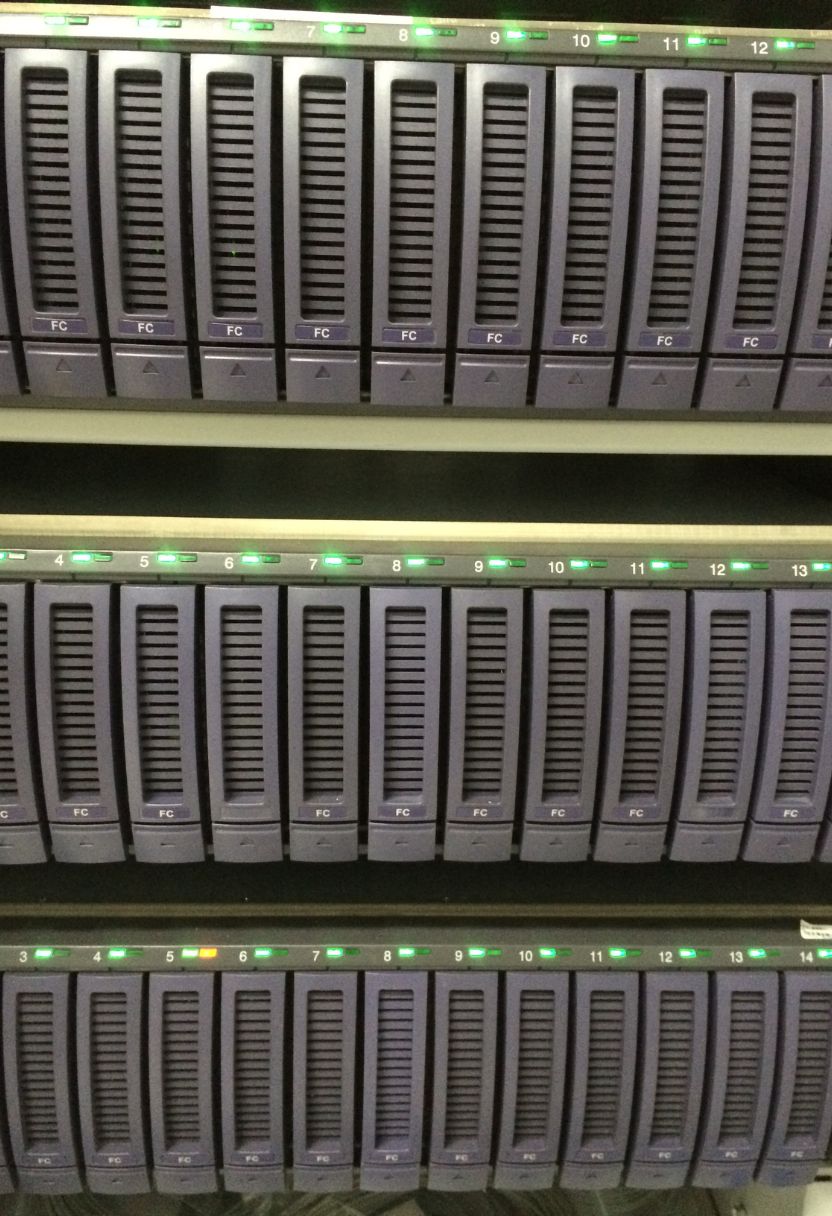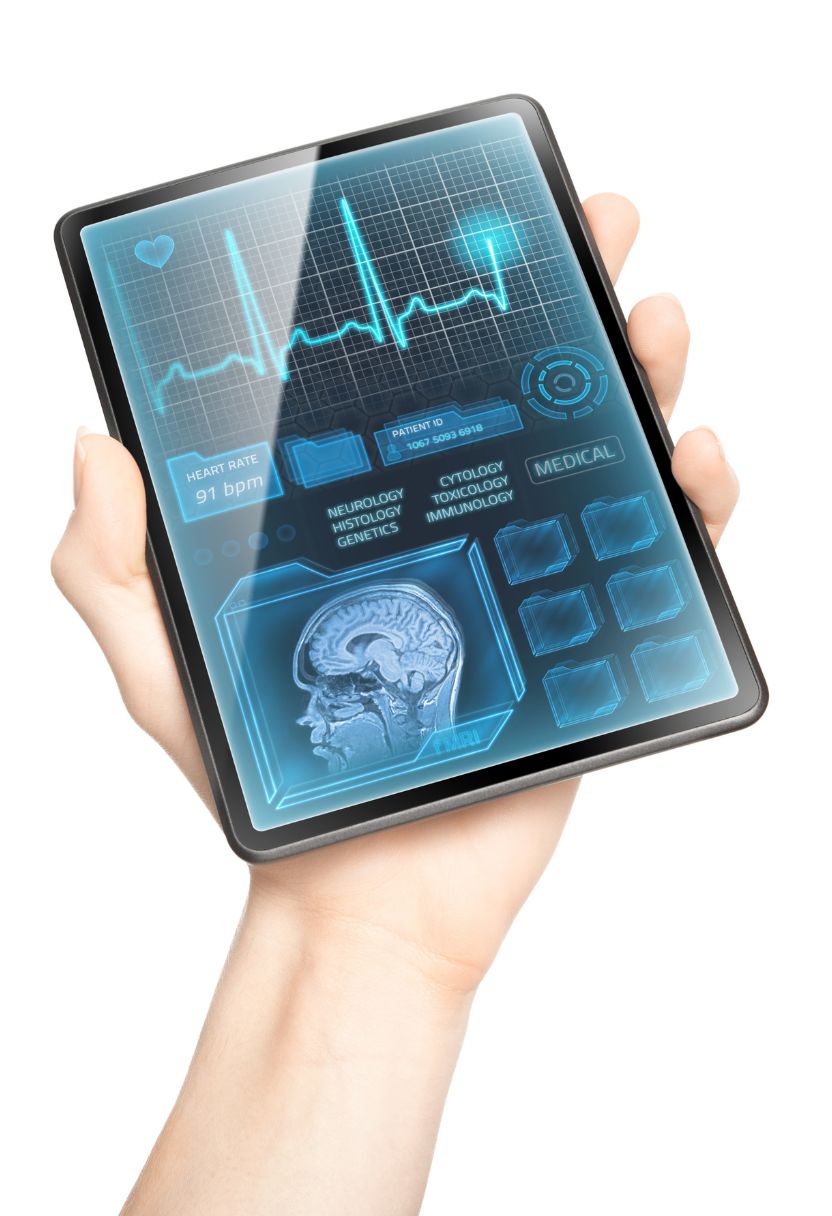

In today's data-driven world, the importance of visualizing data for analysis and communication can't be overstated. added information readily available check now. Graphical representation techniques have become essential tools in making sense of vast amounts of information. They don't just allow us to see trends and patterns but also help us communicate complex ideas in a clear and concise manner.
First off, let's consider why analyzing data through visuals is so crucial. Raw numbers alone often don’t paint the full picture. Imagine sifting through pages upon pages of spreadsheets – it's overwhelming, isn't it? But throw those numbers into a well-designed bar chart or scatter plot, and suddenly, it all makes sense! You can quickly identify outliers, spot trends over time, and compare different datasets with ease.
Moreover, when it comes to communicating your findings, nothing beats a good graph or chart. If you’ve ever sat through a presentation filled with endless text slides, you know how hard it is to stay engaged. But show people an impactful pie chart or an insightful line graph, and you've got their attention! Visuals break down barriers; they make complex information accessible to everyone regardless of their background knowledge.
However, it's not just about throwing any old chart onto a slide. The choice of graphical representation technique matters immensely. Different types of data require different kinds of graphs for accurate representation. For instance, using a pie chart to show changes over time would be misleading; instead, you'd opt for a line graph or perhaps even a series of bar charts.
But hey – let’s not get too carried away here! There are pitfalls too. One common mistake is cluttering your graphics with too much information which can lead to confusion rather than clarity. Less sometimes really is more when it comes to effective data visualization.
Neglecting proper labeling can also render your graphic useless – if people can't understand what they're looking at because axes aren't labeled correctly or legends are missing... well then what's the point?
Yet despite these potential hiccups (which aren’t that hard to avoid if you're careful), graphical representation remains one of the best ways we have for both analyzing large datasets and communicating our results effectively.
So next time you’re faced with mountains of data remember: visualize before analyze! And don't forget – keep those visuals clean and simple so they serve their intended purpose without causing any unnecessary headaches!
In conclusion folks: whether you're trying interpret complicated statistics yourself or explaining them someone else — never underestimate power great visual aids!
When talking about graphical representation techniques, it's hard not to mention the common ones like bar charts, line graphs, and pie charts. These tools ain't just simple; they're incredibly powerful for conveying data in a way that's easy to understand. So let's dive into each one and see why they are so useful—though not without a few quirks.
First off, bar charts. Oh boy, these are everywhere! You can't open a report or presentation without seeing them. They’re perfect for comparing different groups or categories. Imagine you're looking at the sales figures of four different products. A bar chart will instantly show you which product is the top dog and which one's falling behind. However, don't think they can do everything; sometimes they oversimplify complex data, making it look more straightforward than it really is.
Now onto line graphs. If you wanna track changes over time, this is your go-to tool. Line graphs connect individual data points with lines, making trends crystal clear—or at least they should be! For instance, if you’re studying temperature changes throughout the year, a line graph will let you see those ups and downs with ease. But hey, let’s not kid ourselves: too many lines on one graph can turn it into a tangled mess that no one wants to decipher.
And finally, there’s the ever-popular pie chart. Ah yes, pie charts divide data into slices to represent parts of a whole—like who ate what portion of the pizza last night (not pointing fingers here!). They're visually appealing but can be misleading when used improperly. Ever tried reading a pie chart with too many slices? It's like trying to solve a jigsaw puzzle with missing pieces—it just doesn’t work well.
So while bar charts give us clean comparisons between categories, line graphs offer insights into trends over time, and pie charts present parts of a whole in an attractive manner—they're not flawless by any means. Each has its limitations and should be chosen wisely based on what you're trying to convey.
In sum up (or should I say "to sum up"?), these graphical techniques aren't perfect but still indispensable for making sense of numbers and stats in our everyday lives and professional endeavors alike. Just remember: use them wisely and don’t fall into the trap of thinking they’ll tell you everything you need to know!
Data Science, huh?. It's one of those buzzwords that seems to be everywhere these days.

Posted by on 2024-07-11
In today's tech-savvy world, the role of a data scientist ain't just important; it's downright essential.. See, we live in an age where data is literally everywhere, from our smartphones to our smart fridges.

Posted by on 2024-07-11
Machine learning's impact on data science is undeniably profound, and its future prospects are both exciting and a bit overwhelming.. It's hard to deny that machine learning has revolutionized the way we approach data analysis, but it hasn't done so without its fair share of challenges. First off, let's not pretend like machine learning just popped up out of nowhere.

Posted by on 2024-07-11
When it comes to advanced visualization methods, one can't ignore the power of heatmaps, scatter plots, and histograms. These graphical representation techniques are not only essential for data analysts but also incredibly useful for anyone trying to make sense of complex datasets. You'd think that making data visually appealing isn't important, but oh boy, you'd be wrong!
First off, let's talk about heatmaps. They're like a magic wand for visualizing data density. Imagine you have a bunch of numbers in a spreadsheet; it's not exactly thrilling to look at rows and columns of digits. But turn that same dataset into a heatmap, and suddenly patterns emerge! The colors show where values are higher or lower, making it easy to spot trends and outliers.
Now, onto scatter plots. These nifty charts are used when you've got two variables that you want to compare against each other. Scatter plots can help us understand relationships between variables—whether they correlate positively or negatively or if there's no correlation at all. It's amazing how much insight you can gain just by plotting dots on a graph! And hey, sometimes those dots form clusters or lines that tell you even more about your data.
Histograms shouldn't be left out either—they're indispensable when you're dealing with distributions. Ever wondered how often certain values appear in your dataset? Just whip up a histogram! Bars represent frequency counts within specific ranges of values, giving you a clear picture of distribution shape—be it normal, skewed or something else entirely.
However, these tools aren't without their downsides; they can be misleading if not used properly. Misinterpretation happens more often than you'd think! For instance, color choices in heatmaps might trick the eye into seeing patterns that don’t exist. Scatter plots may suggest correlations where there’s none due to random clustering. Even histograms could give false impressions if bin sizes aren’t chosen carefully.
All things considered though—heatmaps bring life into dull spreadsheets; scatter plots illustrate relationships beautifully; histograms break down frequencies effortlessly—they’re invaluable! So next time someone says visualizing data ain't crucial... well... show 'em some colorful graphs that'll change their mind real quick!
In conclusion (without sounding too repetitive), advanced visualization methods like heatmaps ,scatter plots and histograms play an irreplaceable role in understanding complex datasets . They transform boring numbers into informative visuals ,helping us draw meaningful insights which would otherwise remain hidden . Ain't that something ?

Creating graphical representations is a fundamental aspect of data analysis and presentation. When it comes to visualizing data, the tools and software available can make all the difference. Among them, Matplotlib and Tableau stand out as popular choices for both beginners and professionals. But it's not that there's only these two; there are plenty more out there! Let's dive into some of these tools and their significance.
Matplotlib is a widely-used plotting library in Python that allows you to create static, interactive, and even animated visualizations. It's not hard to see why people love it—its flexibility lets users customize plots down to the smallest detail. You can generate anything from simple line graphs to complex 3D plots with just a few lines of code. However, it's kinda overwhelming for those who're just starting out coz its learning curve is quite steep.
On the other hand (oh boy!), we've got Tableau—a powerful tool that's often used in business analytics. Unlike Matplotlib, Tableau doesn't require any coding knowledge which makes it super accessible for non-technical users. You literally drag-and-drop your way through data visualizations! It also offers robust features like real-time data updates and interactive dashboards which can't be ignored if you're looking at scalable solutions for large datasets.
But hey, let's not forget about others like Microsoft Excel or Google Data Studio which are also pretty handy for creating basic charts and graphs without much fuss. Excel might seem outdated but it’s still incredibly useful for quick-and-dirty visualizations when you don't need something too fancy.
While discussing these tools, it's important to mention their limitations too—no tool's perfect after all! For instance, Matplotlib's detailed customization options can sometimes feel like overkill for simpler projects where other libraries like Seaborn or Plotly might be more appropriate due to their higher-level abstractions designed specifically for statistical graphics or interactive plots respectively.
Tableau though intuitive isn't free—it requires a subscription fee which could be prohibitive especially if you're an individual user or working within tight budget constraints. Also worth mentioning: while Tableau excels at visualization part of things (pun intended), preprocessing your data often needs doing outside using another software before importing into Tableau.
In conclusion (phew!), choosing the right tool depends largely on what exactly you need from it—whether it’s high customizability with Matplotlib, ease-of-use with Tableau or perhaps something entirely different based on specific requirements & constraints faced by yourself or your team/company etcetera... There’s no one-size-fits-all solution here but understanding strengths & weaknesses associated with each option should help guide informed decisions moving forward!
Oh boy, let’s dive into the world of data visualization! Best practices for effective data visualization ain't rocket science, but they sure do make a difference. You’d think it’s just about slapping some numbers on a graph and calling it a day, but nope, it's way more nuanced than that.
First off, simplicity is key. Don’t overcomplicate things with unnecessary details. You’re not trying to win an art contest; you wanna communicate information clearly. Too many colors or too much text? Just no! It’ll only confuse people and make your data harder to understand.
Now, let's talk about context - because without it, your data means nada. Always provide enough background so folks know what they’re looking at. A legend here and there doesn’t hurt either. And titles? Oh man, don’t forget those! Titles help frame the story your data's telling.
And hey, use the right type of chart for your data. Bar charts are great for comparisons; line charts work wonders for trends over time; pie charts… well, don't even get me started on pie charts! They can be useful but often end up being more misleading than helpful if used improperly.
Another thing: be honest with your scales and axes. Manipulating them to exaggerate findings isn’t just bad practice – it’s downright unethical! Keep em' straightforward so viewers can trust what they're seeing.
Neglecting interactivity is also a big no-no nowadays. With all the tech we have at our disposal, why settle for static images? Interactive visuals allow users to delve deeper into the data themselves which can lead to better insights.
Last but not least (and I can't stress this enough), always test your visualizations before going public with them. Get feedback from others who weren't involved in creating it - fresh eyes catch mistakes you might’ve missed.
So yeah, follow these best practices and you'll do just fine in making effective data visualizations that actually communicate something worthwhile instead of just looking pretty – which isn't really useful at all now is it?

Sure, here's a short essay on "Case Studies Demonstrating Successful Use of Graphic Representations in Data Science" for the topic "Graphical Representation Techniques."
---
In the realm of data science, graphical representation techniques ain't just useful—they're essential. They transform complex datasets into visual stories that are easier to understand and interpret. Case studies from various fields have shown how effective these techniques can be, even if they sometimes aren't perfect.
One striking example comes from healthcare analytics. A team of researchers was tasked with analyzing patient data to predict hospital readmissions. Instead of presenting their findings in dense tables or lengthy reports, they used heatmaps and scatter plots to highlight key trends and correlations. The visual representations made it clear which factors were most predictive of readmissions—age, pre-existing conditions, and time since last discharge among them. The result? Hospital administrators could quickly grasp the insights without wading through pages of numbers.
It's not all about healthcare though; another compelling case is found in marketing analytics. A retail company wanted to understand customer purchasing behavior better so they could tailor their advertising campaigns more effectively. They employed network graphs to visualize customer interactions with different products over time. Nodes represented products while edges indicated co-purchases. This colorful web allowed marketers to see product clusters that often sold together—a revelation that would’ve been hidden in traditional spreadsheets.
Education isn't left out either when it comes to the power of graphic representations! An online learning platform analyzed student performance data using box plots and line charts. With these visuals, educators easily identified patterns such as peak times for high engagement and subjects where students struggled the most. Armed with this information, they adjusted course materials accordingly—not something you'd catch by staring at raw numbers!
Yet, let's not kid ourselves; graphical representations ain’t flawless miracles either—they can't solve every problem nor replace critical thinking skills required in analysis—but they're undeniably powerful tools when used correctly.
One might wonder why every data scientist isn’t using these techniques all the time then? Well, creating effective graphics requires a good understanding of both the data itself and how best to convey its story visually—a skill set that's still being developed across many industries.
All things considered though (and despite some minor hiccups), these case studies underscore how successful use of graphic representations can lead directly to actionable insights—whether it's predicting patient outcomes, tailoring marketing strategies or enhancing educational experiences. So next time someone says a picture's worth a thousand words? In data science terms—it might actually be worth ten thousand rows!
---
And there you have it! An essay filled with real-world examples demonstrating how graphical representation techniques can make a significant difference across various sectors—all while keeping things conversational and human-like.